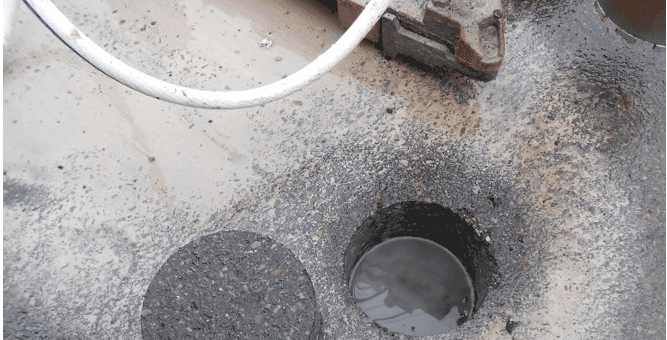Analysis of Ground Tire Rubber (GTR) in Mix Design on Local Roadways in Ohio

Start Date: September 2, 2014
End Date: September 30, 2017
Project Complete
Researcher: Dr. Munir Nazzal, Ohio University
To download final report, click here.
For decades, transportation agencies have considered the incorporation of crumb rubber, now referred to as ground tire rubber (GTR), in asphalt mixtures to enhance the durability and longevity of pavements. In addition to the improvements in pavements, GTR has demonstrated the potential for positive environmental impacts through its reuse of recycled tires. While the benefits of using GTR appear to be great, the initial cost to implement GTR can often render the material as being cost-prohibited. ODOT has various specifications concerning asphalt mix designs (e.g.: Nos. 446 and 448) including GTR (e.g.: No. 887). While these specifications address the utilization of materials on interstates and highways, their direct application to local roadways may not be appropriate. Factors such as variations in traffic volume and traffic patterns (e.g.: intersections) may influence the performance of GTR resulting in the ODOT specifications being either over or under designed for local roads. Furthermore, advances in technology over the years have increased the options available to transportation agencies in regards to both application methods and products. Since 2005, GTR has been used on approximately 33 local roads and 3 state highways. This presents Ohio with the opportunity to analyze the actual in-field performance of GTR, assess the pros and cons of using the material, and determine if the life-cycle cost of the materials offsets the installation costs.
The goal of this two-phased research project is to assess the true life-cycle cost of GTR mixes on local roads within Ohio and identify opportunities for GTR to be more affordable. The objective is to develop specifications and supplemental QC/QA testing and acceptance criteria for GTR additive/mixture use on municipal and local roads. The results of this research will provide local officials with enhanced knowledge and a field validated assessment of the life-cycle cost of GTR enhanced mixes on its use and performance. The development of a specification for GTR use on local roads will encourage uniformity and provide clear guidance. This information will be of assistance to local decision makers in managing budgets and the proper utilization of GTR on their respective projects.